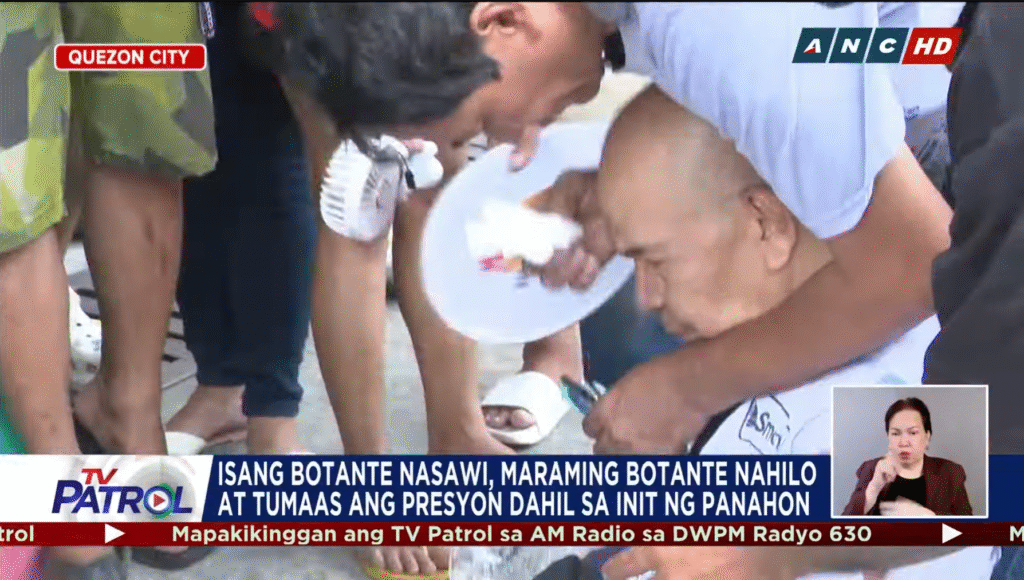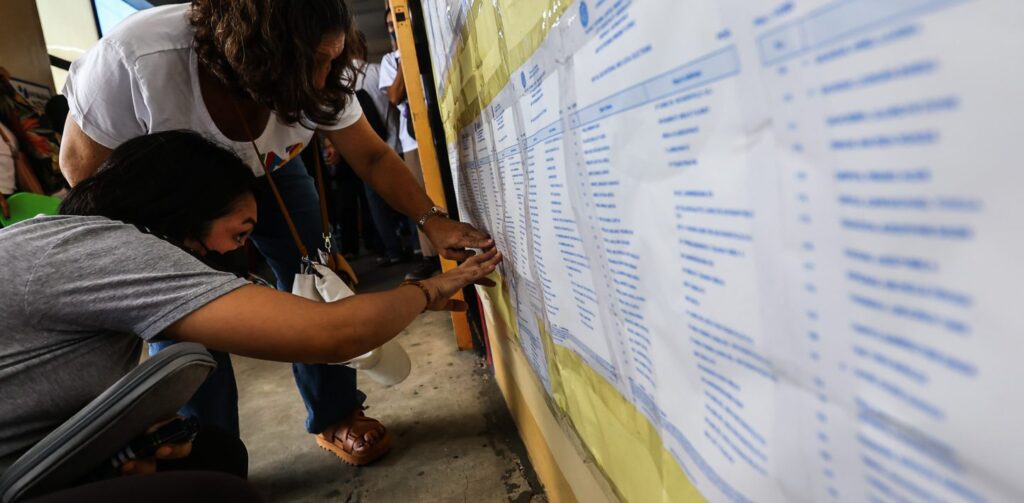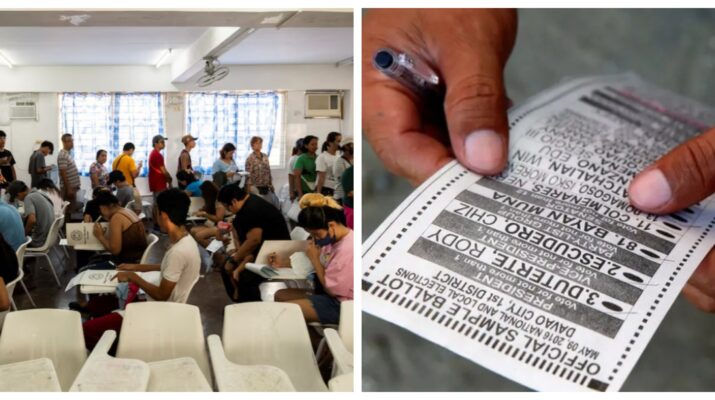With voting for the 2025 mid-term elections is done and dusted, Filipinos anticipate to see the winning candidates for every race. Before initial results are reported, however, the public are treated to B-roll footage of the voting that happened earlier in the day.
Election after election, we see the same scenes: long lines congesting the narrow corridors of schools and government buildings that serve as voting precincts; people, especially the elderly, falling ill while waiting for their turn to vote – in some cases, even leading to fatalities; and of course, voters being frustrated that their ballot was rejected by the automated counting machines (ACMs) for a myriad of reasons.
These scenes leave many Filipinos envious of the orderly and speedy process of voting seen in other countries, where election-related violence is minimal or unheard of, as well. It begs to be asked: surely there’s a better way?

Perhaps the most prominent root cause creating these issues is that there is only one day given for voting. This means that the entire voting population – which amounted to 69 million people for the 2025 midterms – had to line up to vote on the same day.
This presents a logistical nightmare. Forcing this many people to vote on the same day is what causes those long lines at polling precincts and the overcrowding of school buildings where people go to vote.
Contrast this with New Zealand, one of those countries whose smooth and peaceful electoral process is envied around the world. The country has a total population of five million people, yet it allows a voting period of two weeks.
That is not coincidental. The ease and convenience which New Zealanders are able to vote is a result of a well-developed system, including the basic concept of allowing more than a single day to cast your vote.
Another nuisance for Filipinos when it comes to voting is the painstaking task of locating their specific polling precinct. A big factor making this process arduous is that you can only check your designated precinct in person, when you arrive at the polling precinct.
Given how ubiquitous mobile phone use is in the Philippines, and internet penetration in the country at 73 per cent, it is a missed opportunity that voters cannot check their assigned polling precinct online. Putting the internet aside, the high mobile coverage in the country makes a compelling case to send text messages to enrolled voters informing them of their designated polling precinct.
Not only does this save voters the stress of being turned away at the polling booths, but it also speeds up the voting process thereby shortening queues and decongesting waiting areas at voting precincts.

Making the long queues and lengthy wait times to vote even worse is the fact that elections are usually held in May, one of the hottest months for the country. This unforgiving climate, combined with the sluggish and disorganized voting process, is what leads to several people collapsing or becoming ill while waiting for their turn to vote.
The provision of air-conditioning units is a quick fix to this problem, which should not be an issue anymore given the vast resources of the state. Not only will benefit the health and well-being of voters, it will also help prevent issues with the automated counting machines (ACMs) which have been malfunctioning allegedly due to high temperatures in polling precincts.
Historically, air condition units may have been seen as a luxury but these have become more accessible in recent times. In fact, many polling precincts would already have these in place as many schools have installed AC units to help students.
If COMELEC or the government in general would shoulder the expenses of installing these AC units in schools, they will help during election season but can also be made use when the school year starts. A worthwhile investment all around.
A citizenry well-engaged with their democratic process improves election outcomes; to achieve this, we must first make voting an enticing activity for Filipinos to begin with. Each election cycle we see large multi-billion spending from the government to enhance their re-election chances, there is no reason why similar spending can be done to ease the voting process as well.

